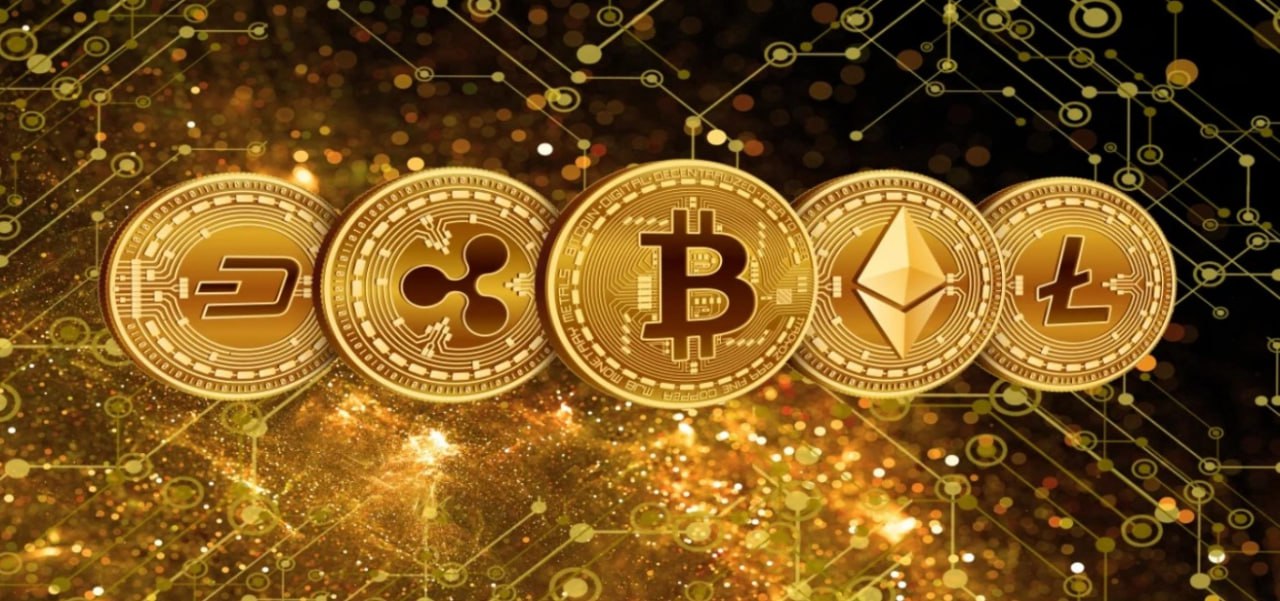
What Is the Interest Rate and How Does It Affect Digital Currencies?
Interest rates play a significant role in the global economy, influencing borrowing, spending, and investment decisions worldwide. For digital currency investors, understanding interest rates and their economic implications can provide valuable insights into market trends. In this article, we’ll explore what interest rates are, how they affect traditional markets, and how they impact the digital currency market.

What Is the Interest Rate?
Interest rates are the costs of borrowing money, expressed as a percentage of the loan amount. Central banks, such as the Federal Reserve in the United States, set a benchmark interest rate to control economic growth and manage inflation. These rates serve as a base for lenders and financial institutions, who then adjust their own rates accordingly for loans, savings accounts, mortgages, and more.
There are different types of interest rates that affect both individuals and businesses:
1. Federal Funds Rate: The interest rate at which banks lend to one another, set by central banks to influence economic conditions.
2. Prime Rate: The rate banks offer to their most creditworthy customers, typically influenced by the federal funds rate.
3. Mortgage and Loan Rates: Interest rates applied to personal, auto, mortgage, and other loans. These rates impact consumer spending and investment.
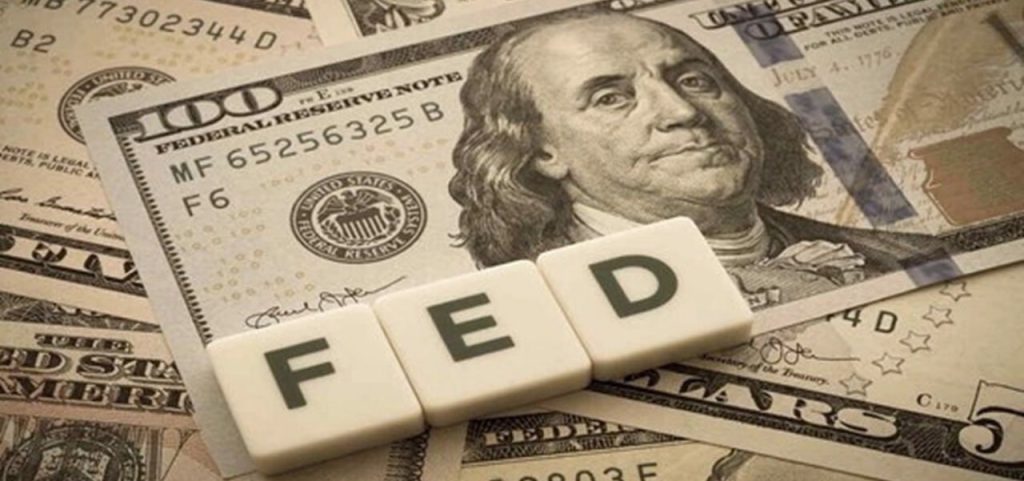
How Interest Rates Are Determined
Interest rates are influenced by several factors, including:
Central Bank Policy: Central banks raise or lower rates based on economic conditions, aiming to control inflation and stimulate or cool down economic activity.
tInflation: High inflation often leads to higher interest rates, as central banks try to curb spending.
Economic Growth: When the economy is strong, central banks may raise rates to prevent overheating. Conversely, in slow economic periods, they may lower rates to encourage borrowing.
How Do Interest Rates Affect Financial Markets?

Interest rates have a substantial effect on the economy and financial markets. When rates rise, borrowing becomes more expensive, reducing consumer spending and business investment. Conversely, lower rates make borrowing cheaper, which can increase spending and economic activity.
The Impact on Stocks and Bonds
Stocks: Higher interest rates can lead to lower stock prices, as borrowing becomes more costly for companies. Lower earnings may result, and investor sentiment can turn bearish.
Bonds: Bond prices are inversely related to interest rates. When rates increase, existing bonds with lower rates lose value, while bonds with higher rates become more attractive to investors.
The Ripple Effect on Global Markets
Interest rate decisions by central banks, especially in major economies like the United States, create ripple effects in global markets. Changes in U.S. interest rates, for example, influence international investment flows, currency values, and the cost of capital worldwide.

How Interest Rates Affect Digital Currencies
When interest rates are high, investors may shift toward lower-risk assets, like bonds or savings accounts, due to the appealing interest yields. As a result, digital currencies, known for their volatility, may see reduced demand as some investors opt for safer returns in traditional markets.
1. Reduced Speculative Investment: Higher rates discourage borrowing for speculative investments, including cryptocurrency trading, as borrowing costs rise.
2. Lower Liquidity: Higher interest rates may reduce liquidity in the digital currency market, leading to potentially higher volatility as fewer investors participate.

Low Interest Rates and Digital Currency Demand
Conversely, lower interest rates can make digital currencies more attractive. With limited returns in traditional investments, some investors seek alternative assets to grow their wealth.
Increased Speculative Demand: Low borrowing costs encourage investment in riskier assets like digital currencies, often leading to price surges.
Inflation Hedge: In a low-interest, high-inflation environment, some investors turn to cryptocurrencies as a store of value, similar to gold. Cryptocurrencies with limited supply, such as Bitcoin, often attract those concerned about currency devaluation.
Institutional Investment and Interest Rates
As institutional investment in digital currencies grows, the relationship between interest rates and cryptocurrencies becomes more complex. Financial institutions and corporations may treat digital currencies as part of a diversified investment strategy, adjusting their positions based on interest rate expectations and risk tolerance.

Final Thoughts: Navigating Interest Rates in the Digital Currency Market
Interest rates are a crucial factor in the broader economic landscape and have important implications for digital currencies. While digital assets are distinct from traditional financial instruments, their performance is still influenced by macroeconomic factors like interest rates. For investors, understanding the correlation between interest rates and digital currency trends can help inform investment strategies.Whether interest rates are high or low, digital currencies offer a unique investment avenue with both risks and opportunities. Keeping an eye on central bank policies and economic conditions can help investors make better-informed decisions in the evolving digital currency market.
Share
Hot topics
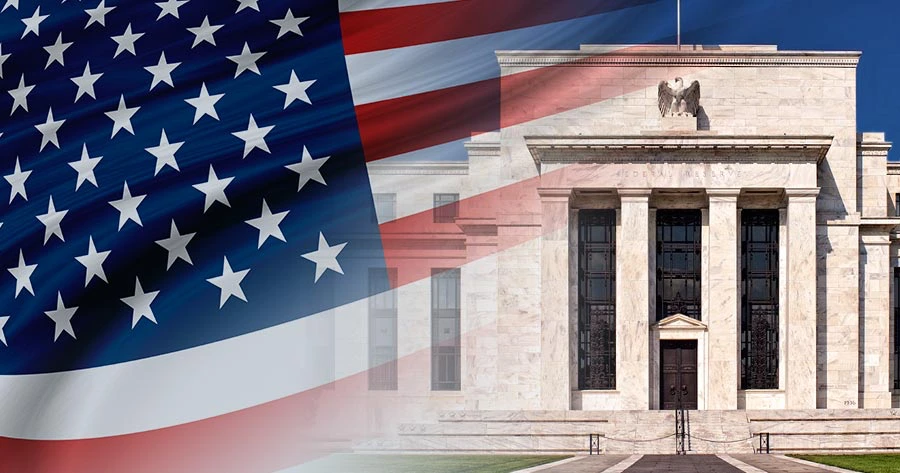
Federal Reserve’s Challenges to Trump’s New Policies
As the Federal Reserve Open Market Committee (FOMC) prepares for its upcoming meeting, all eyes are on how the Fed will respond to Donald Trump’s latest economic policies. With the...
Read more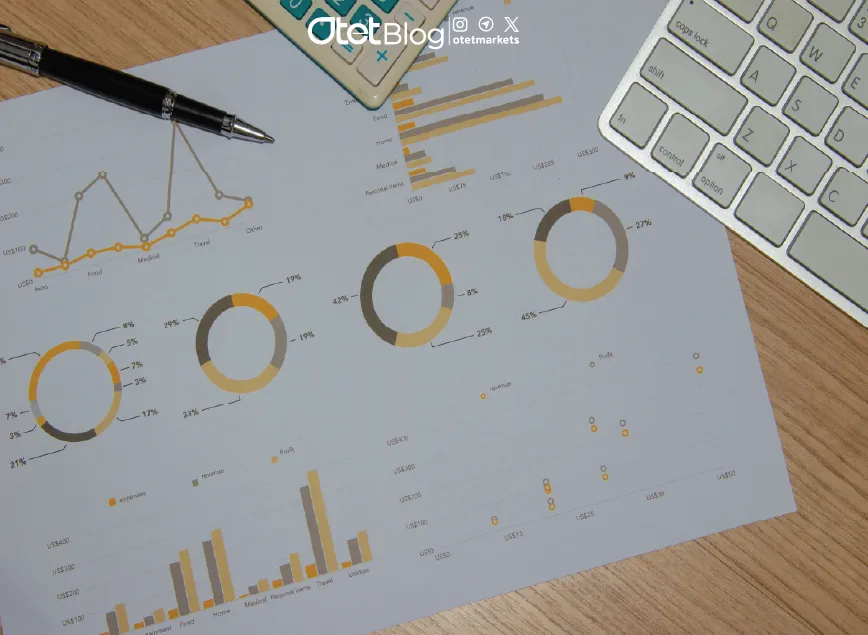



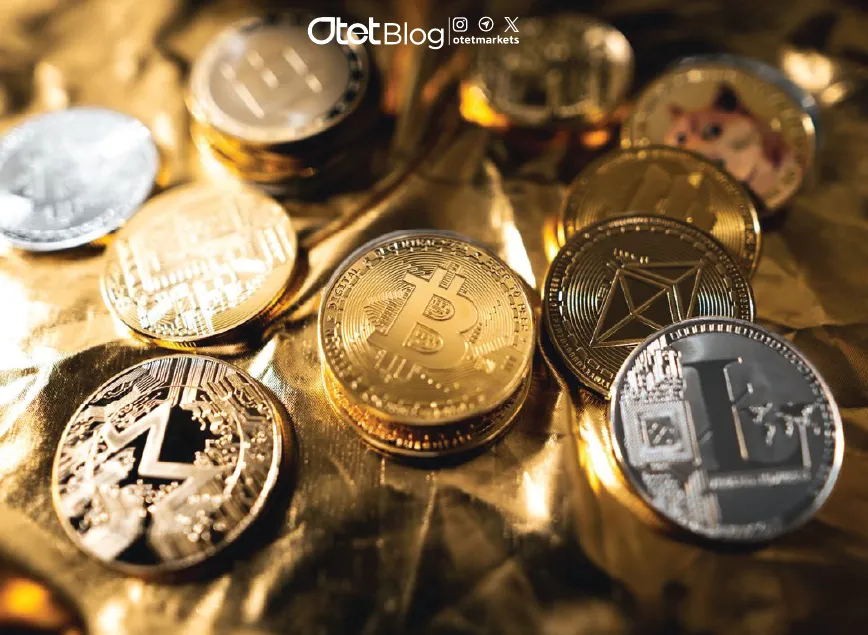
Submit comment
Your email address will not be published. Required fields are marked *